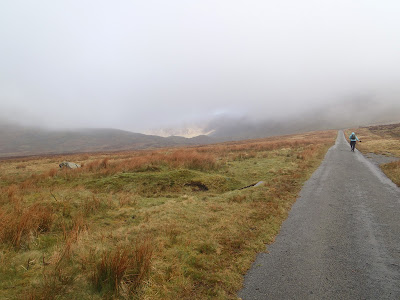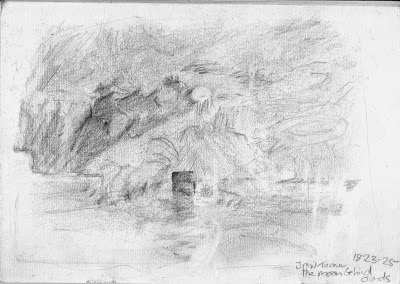Exhibition - Walk On: 40 years of Art Walking, Pitzhanger Manor House
The Walk Book and CD, Janet Cardiff, 2005. Walks in
Paris, London, and New York.
I am sitting
on a park bench in Ealing and switch on Janet Cardiff’s narrative. Instantly I am connected to
her reality, she is sitting on a park bench, in the very different urban
environment of Central Park, New York. She describes children on bikes passing
by and exactly at the same moment children cycle past me, here in London. I listen to more descriptions but wander off in
my mind as a cat has just approached and a group of people gather round to stroke it. A choir is
practising: she explains’ I am very bad at linear working; I use an open ended
narrative, skipping from one thing to another’. I listen to more fragments as she
passes through the streets of New York and begins to distinguish memory from perception. ‘In pure memory the
temporal sequence of events is shattered’. I agree with that but start to lose interest. No longer able to connect to her continuing observations, I realise that listening to this narrative is displacing me from
being here, now. Police sirens pass in the distance, was it here, or there in Central Park?
Janet Cardiff would like to ‘move a whole room like a time machine from London
to New York’. I think she just moved a park.
Simon Pope, A Common Third




